How to Assemble and Replace Shopping Trolley Wheels
Learn how to put wheels on a shopping trolley with this comprehensive guide, covering tools, steps, and tips to replace and maintain your trolley wheels.
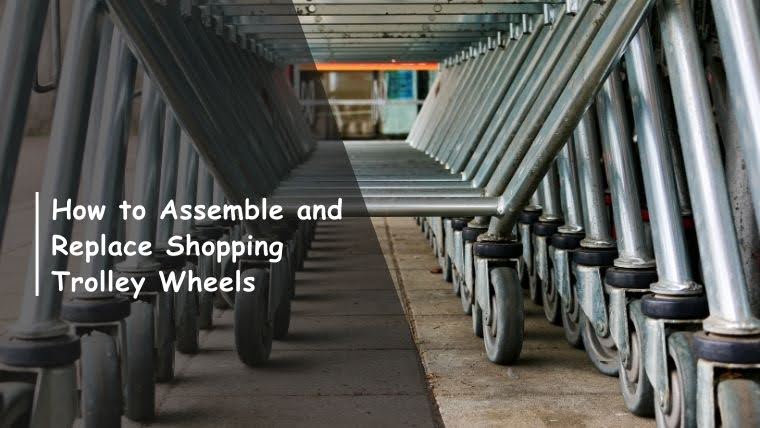
Learn how to put wheels on a shopping trolley with this comprehensive guide, covering tools, steps, and tips to replace and maintain your trolley wheels.

Replacing or assembling wheels on a shopping trolley is a relatively simple process, but it plays a critical role in maintaining the trolley’s performance and customer satisfaction.
Knowing how to put wheels on a shopping trolley ensures that your trolleys remain functional, move smoothly, and don’t cause frustration to shoppers. Trolleys are one of the most frequently used tools in retail, and poorly maintained wheels can result in poor shopping experiences.
This article will guide you through the process of replacing shopping trolley wheels, from understanding the parts to successfully completing the replacement.
Shopping trolley wheels are fundamental components that allow the cart to roll smoothly. These wheels are made from different materials, including rubber, plastic, and metal, and come in various sizes. They are designed to support the weight of the trolley and its contents while allowing easy movement.
Understanding the function and types of wheels is important when selecting replacements. The wheels need to match the cart's design, weight capacity, and the type of surface they will be used on (e.g., smooth floors or rough outdoor surfaces).
Also Read: Understanding Store Design Principles and Ideas
With Expanda Stand, you can maximise your retail space with Longspan Racks designed to organise large products and optimise available space. Our light-duty racks and FNV crate models ensure products are neatly displayed and easily accessible.

Next, let’s explore the common types of shopping cart wheels and how they impact your cart’s performance.
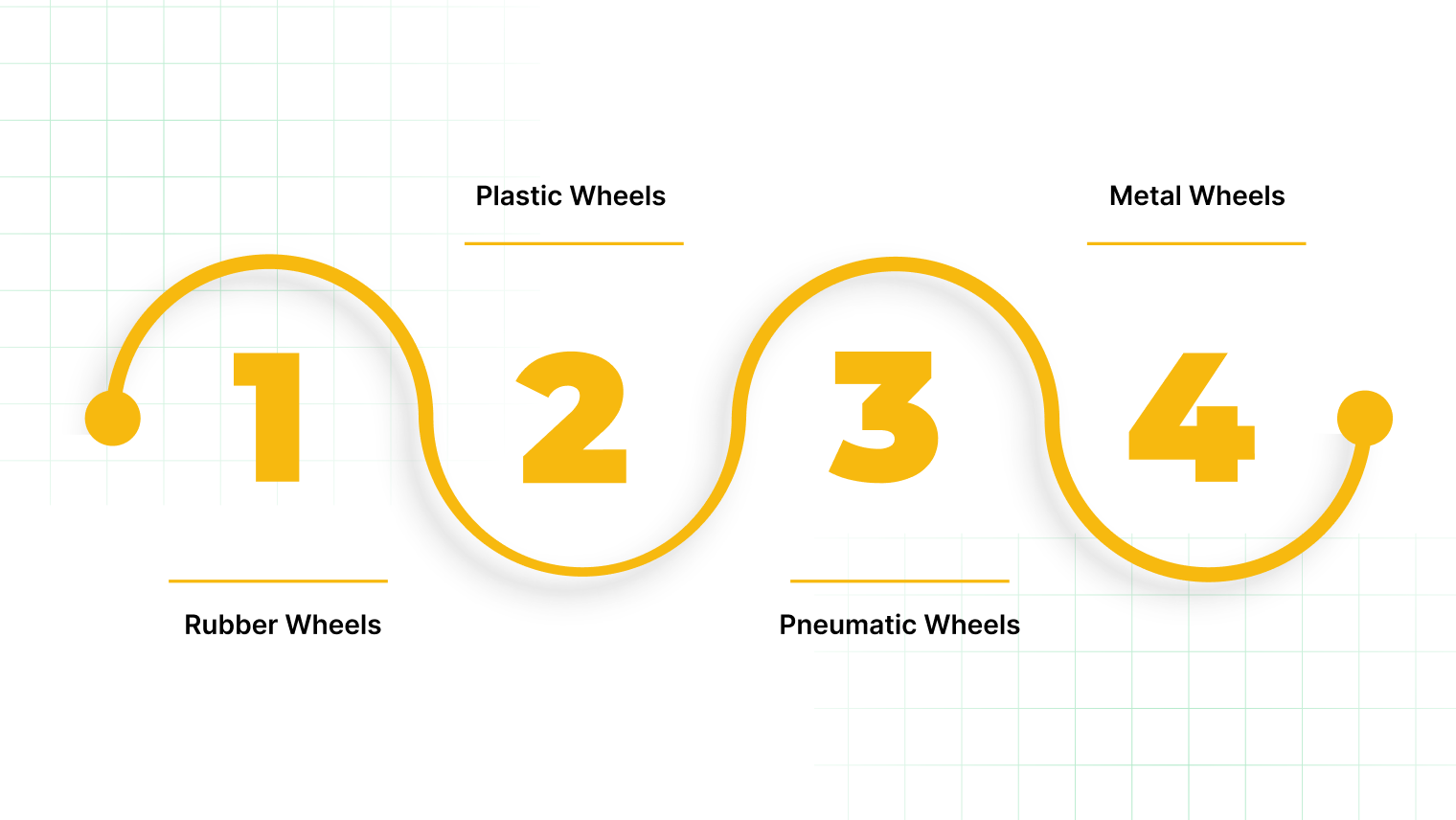
Shopping trolley wheels vary by material and design, making it essential to select the right type for your store’s needs. The most common types of wheels are:
Each type has its advantages and should be selected based on the trolley's intended use, whether in a supermarket, home improvement store, or industrial warehouse.
Now, let’s explore the signs that indicate when they need replacement.

Over time, shopping cart wheels wear out and need to be replaced. Look for these signs to know when it’s time to replace the wheels:
Regularly inspecting your trolleys and wheels helps avoid costly repairs and ensures smooth operation.
Now, let’s examine the benefits of replacement versus buying a completely new cart.
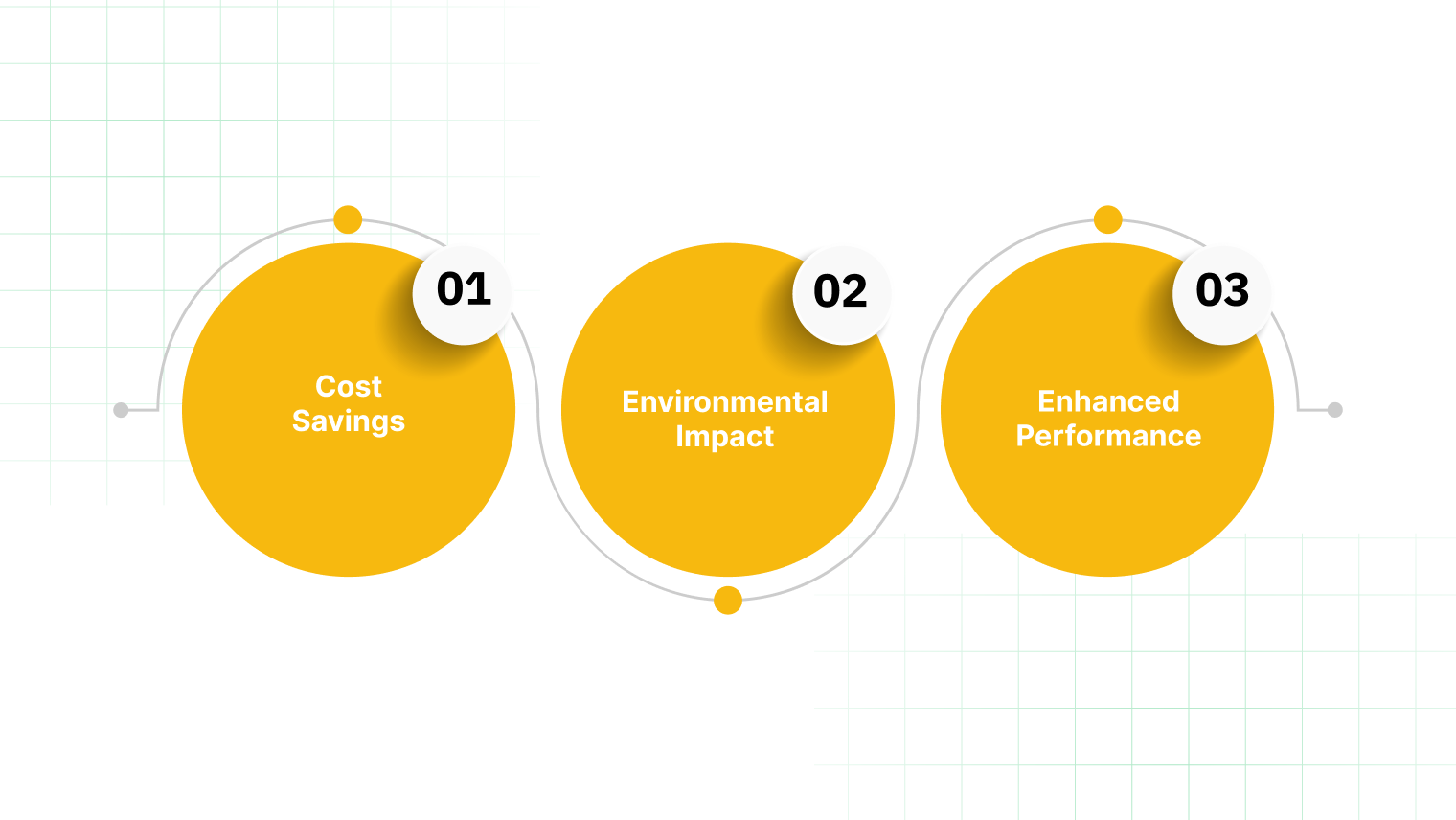
When trolley wheels wear out, replacing them is often more cost-effective than buying a new cart. Here are the benefits of opting for wheel replacement:
Replacing the wheels extends the life of the trolley, saves money, and reduces waste, making it a win-win for your business and the environment.
Also Read: How to Choose the Right Display Rack for Your Retail Store: A Complete Guide
Next, let’s look at the tools and materials you’ll need for replacing shopping trolley wheels.
Before you begin the wheel replacement process, ensure you have the right tools and materials. Here’s what you’ll need:
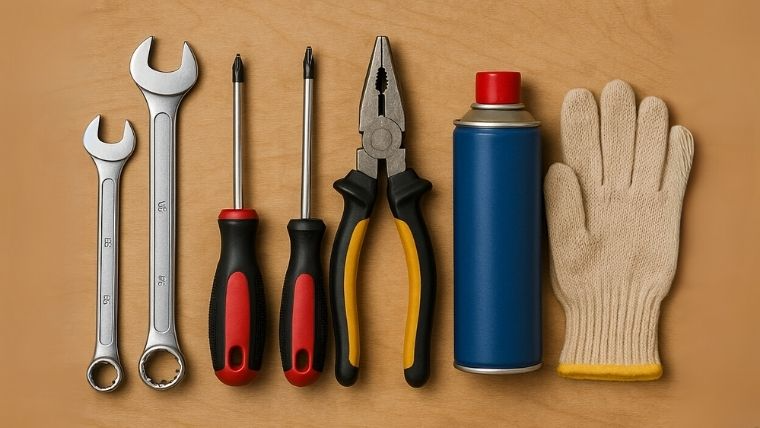

Using the correct tools and wheels ensures a smoother, more efficient replacement process. Let’s explore where you can find quality shopping cart wheels.
To replace shopping cart wheels, it’s important to choose quality parts. Here are the best places to find reliable shopping cart wheels:
Expanda Stand’s retail solutions ensure safe storage for bulkier products, while our Shopping Baskets & Trolleys enhance convenience for customers navigating the store. These easy-to-use trolleys and baskets improve shopping flow and reduce customer effort.
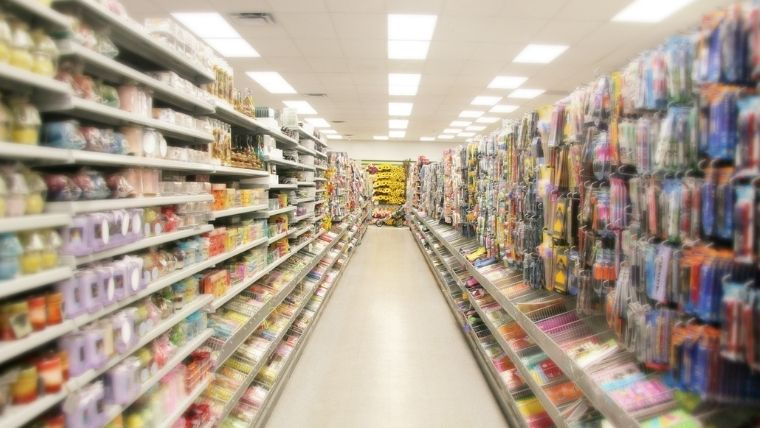
Always check the reviews and product details to ensure you’re purchasing the correct wheel type for your trolley.
Now, let’s examine the step-by-step process for replacing trolley wheels.
Replacing the wheels on a shopping trolley is a straightforward process, but it requires attention to detail to ensure smooth functionality. Follow these 7 steps for a successful wheel replacement.
Before starting the wheel replacement, ensure the trolley is stable. Place the cart on a flat, solid surface and wear protective gloves to avoid injury. Disconnect the trolley from any power sources if applicable.
Start by using pliers or a flat-head screwdriver to carefully remove the cotter pins securing the wheels. Afterward, take out the washers, which are used to keep the wheel in place. Keep these components for re-use.
If the wheels are rusted or stuck, apply lubricant to loosen the parts. Allow it to sit for a few minutes, then try removing the wheels again. In cases where the wheels still don’t budge, gently tap the axle with a hammer.
Once the old wheels are removed, place the new wheels onto the axle. Slide the wheels carefully into position, ensuring they align with the axle and wheel mounts. Ensure that the wheel is placed properly to avoid wobbling.
Make sure the wheels are aligned properly with the axle to ensure smooth movement. Misaligned wheels can cause the cart to wobble or steer off-course, so double-check the position before proceeding.
After the wheels are correctly aligned, secure them in place with the washers and cotter pins. Tighten the washers and ensure the cotter pins are firmly in place to prevent the wheels from becoming loose during use.
Once the wheels are installed and secured, test the trolley by pushing it across the floor. Ensure that it rolls smoothly and quietly. Check for any wobbling or uneven movement, and make sure the wheels are properly secured.
Also Read: 10 Tips to maximize your sales with retail display racks
Finally, let’s explore how Expanda Stand’s retail business equipment solutions can complement your retail space planning and trolley maintenance.
At Expanda Stand, we offer a range of retail business equipment and display solutions that go beyond just maintaining shopping trolleys. If you’re looking to replace trolley wheels or enhance your store layout, we have you covered.
Here's how Expanda Stand’s solutions can elevate your retail experience:
Enhance your customer’s shopping experience with high-quality, durable shopping trolleys and baskets. We provide a variety of sizes and styles to suit your store’s needs.

With Modular Display Systems and Cosmetic Display Racks, you can showcase products in an organised and visually appealing manner. Our solutions improve product visibility and enhance the shopping experience for customers.
From laminate displays to End Cap Branding Displays, we provide versatile merchandising solutions that highlight your best products and attract attention in high-traffic areas of your store.

Our Gondola Shelving is designed to maximise space in supermarkets, providing adjustable and durable shelving that displays products efficiently. The Heavyduty Racks for Oils and Toys Racks help keep heavier and bulkier items organised and accessible.
Additionally, Grocery Racks and Heapers for Vegetables optimise vertical space and improve product visibility, making it easier for customers to navigate your store and find products quickly.

Expanda Stand’s products are designed to optimise your store's functionality, improve customer interaction, and simplify operations.
Knowing how to put wheels on a shopping trolley and performing regular wheel maintenance is essential for maintaining the smooth operation of your trolleys. Replacing worn-out wheels can restore the cart’s performance, prolong its life, and enhance the customer shopping experience.
With the right tools, replacement wheels, and a clear process, you can ensure that your trolleys remain in optimal condition, providing a reliable and efficient service for your customers.
At Expanda Stand, we offer a wide range of retail equipment solutions, from shopping trolleys to POS counters and product merchandising. Our durable, high-quality products help enhance your store's efficiency and improve the shopping experience for your customers.
Contact us to discover how Expanda Stand’s products and solutions can support your retail space and optimise trolley functionality.
Look for signs like difficulty in rolling, excessive noise, visible wear, or wobbling. If the wheels are cracked or damaged, they need replacing.
Yes, replacing just the wheels is often more cost-effective than buying a new trolley and can significantly extend its lifespan.
You’ll need wrenches, screwdrivers, pliers, lubricant, and safety gloves. Having the correct tools ensures the replacement process goes smoothly.
Use lubricant to loosen rusted parts. If the wheels are still stuck, gently tap the axle with a hammer to free the parts.
You can purchase wheels from retail equipment suppliers, online retailers like Amazon, or directly from shopping cart manufacturers for compatibility.
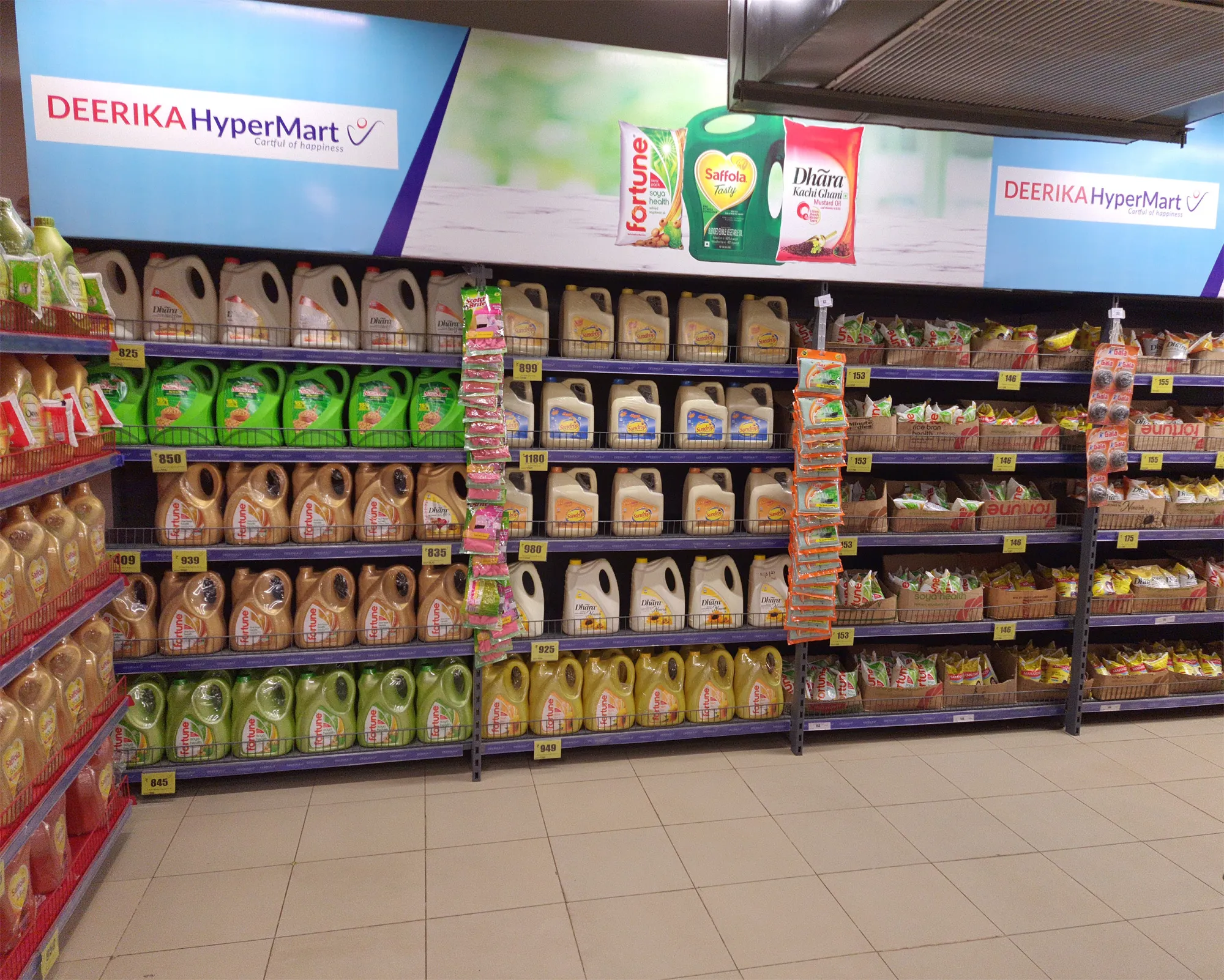
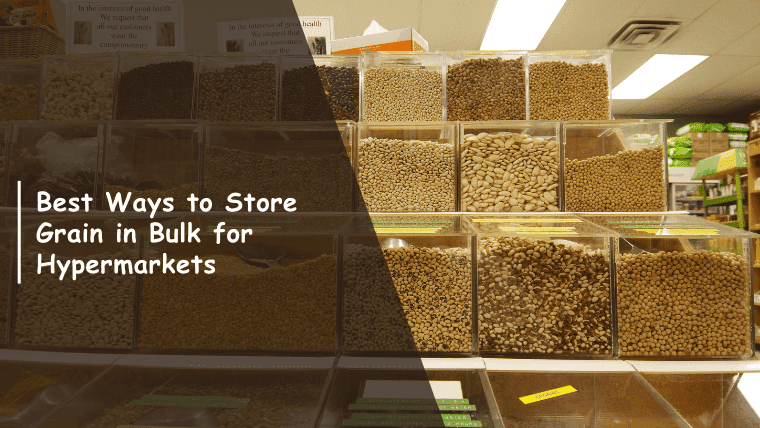
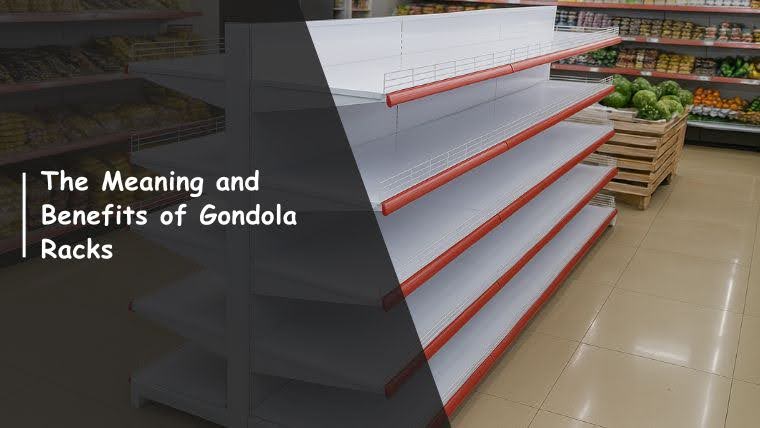

Ready to Upgrade Your Process Operations?